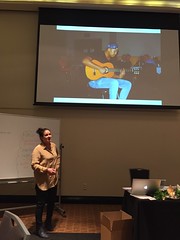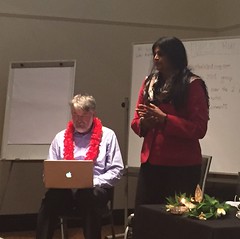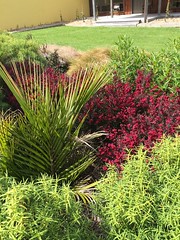 Students who identify as Pasifika, whose cultural background is one of the many the Pacific Islands - what is their experience of learning in a school around Ashburton, Christchurch - Ashcoll to be exact? And if you take a large pinch of Ceilidh, a heap of enthusiasm, and a wide range of cultural backgrounds - what happens? Nearly 8% of the students at Ashburton College are Pasifika.
Students who identify as Pasifika, whose cultural background is one of the many the Pacific Islands - what is their experience of learning in a school around Ashburton, Christchurch - Ashcoll to be exact? And if you take a large pinch of Ceilidh, a heap of enthusiasm, and a wide range of cultural backgrounds - what happens? Nearly 8% of the students at Ashburton College are Pasifika.In the school there are no teachers from the Pacific Islands so the teachers step up as leaders. At the Ceilidh, there were breaks so there was a wonderful moment where the students were dancing in the interval to the delight of the Scottish fiddle band. It was the most amazing connections between disparate groups of people who would not normally have connected. Teachers, students, people from the community, laughing, talking and having fun - the most fun fundraising(for the students to go to Samoa) that was had in a long time...and it was people who would maybe not have been involved.
The kids are running the thing, and you have to 'get over yourself' and engage and be part of it.
It's all about process and progress, and student agency. We can't teach them, they have to teach each other. Five years coming to the VPLD, four years going to the speech fest. Each year we have come away with prizes. All that Marg can do is support, including with practical aspects such as driving around to pick students up for practice - but then all Marg has to do is be there and unlock the door. The students take it from there!










